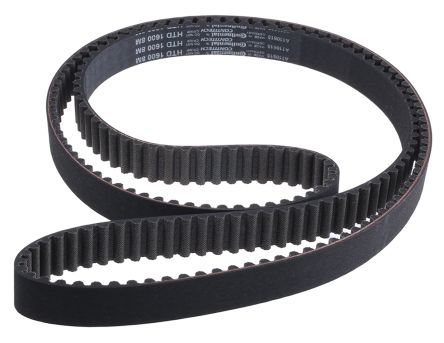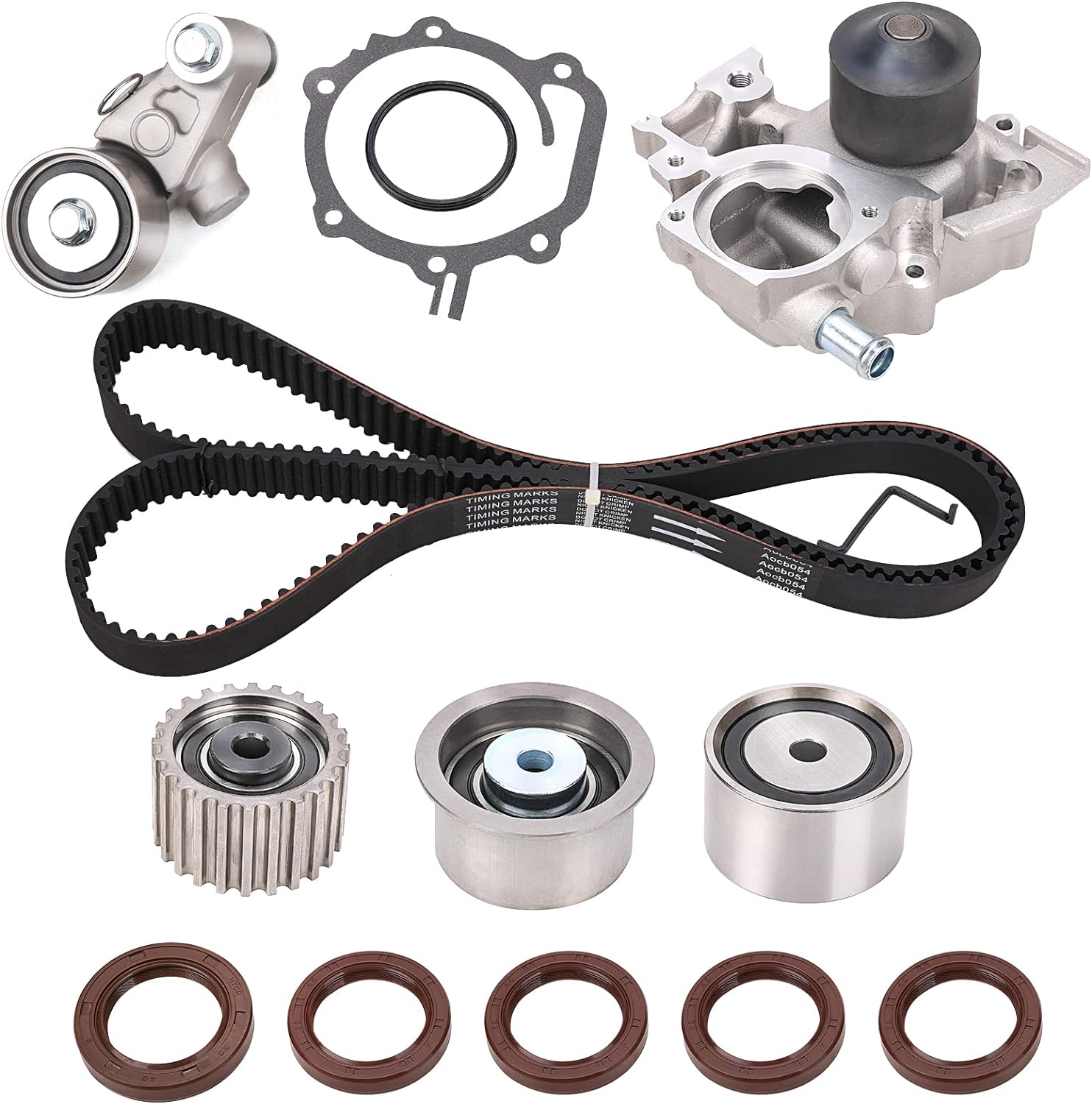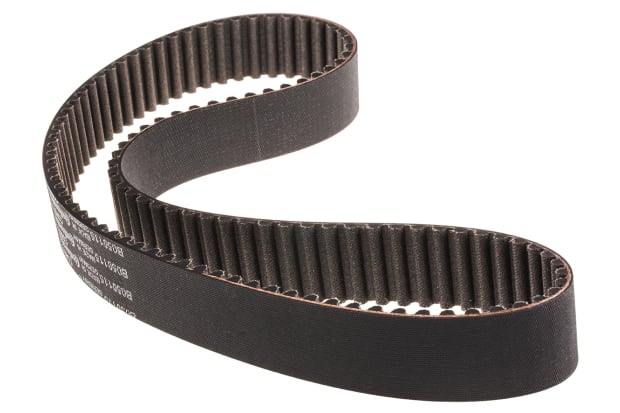Product Description
NEED TO KNOW BEFORE BUYING
Thank you for browsing our product.
All our product can be customized as per your request or as per your drawings, please feel freel to contact us any time by e-Mail for quicker respond to your inquiry.
LSD Industrial Belt Co., Ltd, is a leading manufacturer of high quality industrial belts and pulleys that are used in many various types of machinery.
We are a supplier of well known Asian manufacturers, like Media, Lesso, and others. We’re based in HangZhou City, ZheJiang Province, which is known for being a Business Incubator for high-tech industrial chains.
We regularly keep most commonly used items in stock, so we don’t have problems with filling small quantity orders.
For custom made parts, our production lead time is 3 to 30 days, depending on the raw material stock availability and the complexity of the customized items.
Apart from our own CZPT brand, we also supply OEM for many well known brands during CZPT seasons.
Our materials are supplied through leading enterprises in the industry, and we work closely with them to guarantee our products’ quality. As a result, the majority of our clients do remain in long term business relationships with us.
Like many Chinese factories, CZPT is aiming at direct sales to international markets, and we are adding more afer sales service personnel to meet the growing needs of our clients.
Direct Sales provides mutual benefits, including cutting the cost to our overseas clients, and expanding our business into the future.
/* March 10, 2571 17:59:20 */!function(){function s(e,r){var a,o={};try{e&&e.split(“,”).forEach(function(e,t){e&&(a=e.match(/(.*?):(.*)$/))&&1
| Material: | Rubber |
|---|---|
| Feature: | Oil-Resistant, Acid And Alkali Resistant, Tear-Resistant, Heat-Resistant, Cold-Resistant, Wear-Resistant |
| Tensile Strength: | Strong |
| Transport Package: | Carton |
| Specification: | customized |
| Trademark: | LSD |
| Customization: |
Available
| Customized Request |
|---|

Can you describe the various mounting options and installations for V-belt tensioners in different settings?
Mounting options and installations for V-belt tensioners can vary depending on the specific application and setting. Different configurations are available to accommodate diverse space constraints, accessibility requirements, and tensioning force adjustments. Here’s a detailed description of the various mounting options and installations for V-belt tensioners:
- Fixed Mounting:
- Adjustable Mounting:
- Spring-Loaded Mounting:
- Separate Tensioner Assembly:
- Multi-Tensioner Systems:
In a fixed mounting configuration, the tensioner is permanently attached to a fixed point, such as a machine frame or structure. This type of installation is commonly used in applications where the belt tension is set at a specific value and does not require frequent adjustment. Fixed mounting provides stability and ensures that the tensioner remains in a fixed position, maintaining consistent tension over time. It is suitable for applications where space is limited and where the tensioning force does not need to be frequently modified.
Adjustable mounting configurations allow for easy tension adjustment of the V-belt. These tensioners feature a mechanism that enables the adjustment of the tensioning force by changing the position of the tensioner relative to the belt and pulleys. Common adjustable tensioners include those with slotted mounting holes or adjustable arms. This type of installation is suitable for applications where the tensioning force needs to be periodically adjusted to maintain optimal belt performance. Adjustable mounting provides flexibility and allows for fine-tuning the tension based on changing operating conditions or belt wear.
Spring-loaded tensioners incorporate a spring mechanism to automatically maintain the desired tension in the V-belt system. These tensioners feature a spring that applies a constant force on the belt, compensating for belt elongation and maintaining proper tension. Spring-loaded tensioners are commonly used in applications where there are fluctuations in load or thermal expansion/contraction of the belt. The spring mechanism ensures continuous tension adjustment, reducing the need for manual intervention and providing consistent tension across varying operating conditions.
In some cases, a separate tensioner assembly is used instead of mounting the tensioner directly to the machine frame or structure. A separate tensioner assembly consists of a bracket or support arm that is attached to the machine or structure, and the tensioner itself is mounted on the bracket or arm. This configuration allows for flexibility in positioning the tensioner and provides ease of installation and maintenance. It is particularly useful in applications where space constraints or accessibility limitations make direct mounting challenging.
In certain applications, multiple tensioners may be used within a V-belt system to ensure proper tension distribution and alignment. Multi-tensioner systems utilize a combination of tensioner types and mounting configurations to achieve optimal belt tensioning across multiple belts and pulleys. This configuration is commonly employed in complex drive systems with multiple belts or long-span belt setups. By using multiple tensioners strategically positioned along the belt path, consistent tension can be maintained, minimizing belt slippage, and maximizing power transmission efficiency.
When selecting the appropriate mounting option and installation for a V-belt tensioner, it’s important to consider factors such as space constraints, tensioning force requirements, accessibility for maintenance, and the specific needs of the application. Manufacturers typically provide guidelines and recommendations for the suitable mounting options and installations for their tensioner products. Following these guidelines, along with considering the specific requirements of the V-belt system, will help ensure the proper integration and effective operation of the tensioner within the application.

How do V-belt tensioners contribute to reducing wear and increasing the efficiency of power transmission?
V-belt tensioners play a crucial role in reducing wear and increasing the efficiency of power transmission in V-belt systems. Their primary function is to maintain the proper tension in the V-belts, which has several benefits. Here’s a detailed explanation of how V-belt tensioners contribute to reducing wear and increasing power transmission efficiency:
- Preventing Slippage:
- Reducing Belt Wear:
- Minimizing Belt Stretching:
- Improving Belt Alignment:
- Optimizing Belt Engagement:
V-belt tensioners ensure that the V-belts maintain sufficient grip on the pulleys. Proper tensioning prevents slippage, especially under high loads or during sudden changes in speed or torque. Slippage not only reduces the efficiency of power transmission but also leads to accelerated wear of the belts and pulleys. By maintaining the correct tension, tensioners minimize slippage, ensuring efficient power transfer and reducing wear on the V-belts.
Optimal tensioning helps reduce wear on V-belts. When V-belts are under-tensioned, they can experience excessive bending and flexing, leading to increased wear. Over-tensioning, on the other hand, can put excessive stress on the belts, causing premature wear. V-belt tensioners ensure that the belts are properly tensioned, minimizing bending, flexing, and stress. This reduces wear on the belts, extends their lifespan, and improves overall system reliability.
Correct tensioning helps minimize stretching of V-belts. When V-belts are under-tensioned, they can elongate and lose their original shape. This stretching can lead to reduced contact area with the pulleys, resulting in decreased power transmission efficiency and increased wear. V-belt tensioners maintain the optimal tension level, minimizing stretching and ensuring that the belts remain in their designed shape. This promotes efficient power transmission and prolongs the lifespan of the V-belts.
V-belt tensioners contribute to proper belt alignment, which is crucial for efficient power transmission. When V-belts are under-tensioned or over-tensioned, they can become misaligned on the pulleys. Misalignment causes uneven belt wear, increased friction, and potential belt damage. Tensioners help maintain proper belt alignment by applying the correct tension force. This ensures that the belts remain aligned with the pulleys, reducing stress, minimizing wear, and improving power transmission efficiency.
Correct tensioning ensures optimal engagement of V-belts with the pulleys. When V-belts are properly tensioned, they maintain the desired depth of engagement in the pulley grooves. This maximizes the contact area between the belts and the pulleys, enhancing power transmission efficiency. Proper tensioning also helps prevent belt slip, which can occur when the belts are not properly engaged with the pulleys. By optimizing belt engagement, tensioners contribute to efficient power transmission and minimize wear on the V-belts.
In summary, V-belt tensioners are essential in reducing wear and increasing the efficiency of power transmission. They prevent slippage, reduce belt wear and stretching, improve belt alignment, and optimize belt engagement. By maintaining the correct tension in V-belt systems, tensioners minimize power losses, extend the lifespan of the belts, and enhance the overall efficiency and reliability of the power transmission system.

Can you explain the significance of proper tensioning in V-belt-driven machinery and equipment?
Proper tensioning plays a significant role in V-belt-driven machinery and equipment. It is crucial for ensuring efficient power transmission, preventing slippage, and maximizing the performance and reliability of the V-belt system. Here’s a detailed explanation of the significance of proper tensioning in V-belt-driven machinery and equipment:
- Efficient Power Transmission:
- Preventing Slippage:
- Extending Belt Life:
- Reducing Maintenance and Downtime:
- Enhancing System Reliability:
Proper tensioning is essential for efficient power transmission in V-belt-driven systems. When the V-belt is properly tensioned, it maintains a firm grip on the pulleys, allowing for effective transfer of rotational energy from the driving pulley to the driven components. The correct tension ensures that power is transmitted without slippage, minimizing energy losses and maximizing the system’s efficiency. By maintaining proper tension, V-belt-driven machinery and equipment can achieve optimal power transfer and operate at their intended speeds and performance levels.
One of the primary purposes of proper tensioning is to prevent slippage between the V-belt and the pulleys. Slippage can occur when the tension in the V-belt is inadequate or when the belt is subjected to excessive loads. Insufficient tension or overloading can cause the belt to lose traction with the pulleys, resulting in reduced power transmission, decreased efficiency, and potential damage to the belt and other system components. Proper tensioning ensures that the V-belt remains tightly engaged with the pulleys, preventing slippage and maintaining reliable power transmission.
Proper tensioning is essential for extending the life of the V-belt. When a V-belt is under excessive tension, it can experience accelerated wear and premature failure due to increased stress on the belt and the pulleys. On the other hand, insufficient tension can lead to belt vibration, excessive flexing, and localized wear, reducing the belt’s lifespan. By maintaining the correct tension, V-belt-driven machinery and equipment can minimize wear, distribute the load evenly across the belt and pulleys, and promote optimal belt life. Proper tensioning contributes to reducing maintenance costs and downtime associated with belt replacement.
Proper tensioning helps reduce maintenance requirements and downtime in V-belt-driven systems. When the V-belt is under the correct tension, it operates smoothly without slippage or excessive wear. This minimizes the need for frequent adjustments, re-tensioning, and belt replacements. By maintaining the proper tension, V-belt-driven machinery and equipment can operate reliably, with reduced risks of unexpected belt failures or performance issues. Proper tensioning contributes to increased system uptime, improved productivity, and reduced maintenance costs.
Proper tensioning enhances the overall reliability of V-belt-driven machinery and equipment. When the V-belt is correctly tensioned, it operates within its designed parameters, ensuring that the system components are subjected to the appropriate forces and loads. This reduces the risk of belt slippage, excessive wear, and premature component failure. By promoting reliable power transmission, minimizing the potential for system malfunctions, and extending the lifespan of the V-belt and other system components, proper tensioning contributes to the overall reliability and longevity of V-belt-driven machinery and equipment.
In summary, proper tensioning is of significant importance in V-belt-driven machinery and equipment. It ensures efficient power transmission, prevents slippage, extends the life of the V-belt, reduces maintenance requirements and downtime, and enhances the overall reliability of the system. By maintaining the correct tension, V-belt-driven machinery and equipment can achieve optimal performance, maximize energy efficiency, and minimize the risks of belt failure or system malfunctions.


editor by CX 2024-01-05